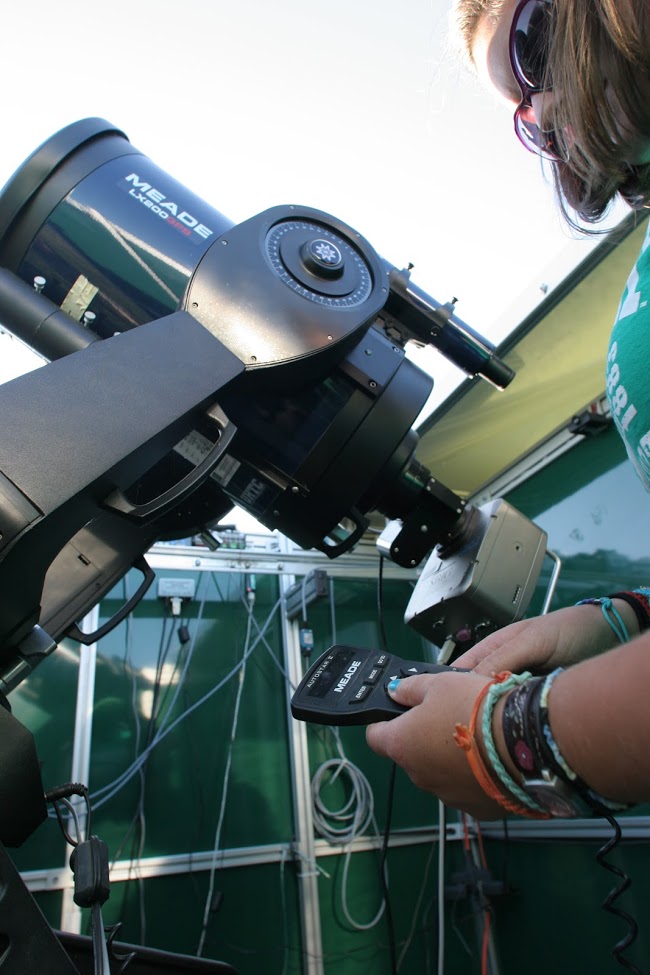2016 Near-Space Balloon Competition – Call for Proposals
The 2016 Near-Space Balloon Competition is now accepting proposals!
Click here to download this year’s NSBC Handbook (includes proposal submission form, deadlines, and important dates)
Click here for just the proposal submission form
For more in-depth information and more updates, visit the NSBC website: http://blogs.und.edu/nsbc/
The Sun
How does the Sun benefit humans on Earth? What effects does the Sun have on planets, like Earth? How do solar panels relate to the Sun? What is solar wind? How do magnets relate to the Sun? Does the ozone layer and ultraviolet light have a relationship? These are just a few of the questions you may decide to investigate during the 2016 Near-Space Balloon Competition. This year, NSBC will focus on heliophysics, or the study of the Sun.
While studying heliophysics during NSBC, we will celebrate the Great American Eclipse of 2017.

But first, what is an eclipse?
On August 21, 2017, the Sun, Moon, and Earth will form a straight line. The Moon will transit in front of the Sun, making midday appear to be midnight! The Moon’s shadow will pass over the coast of Oregon, travel across the Midwest, and exit through South Carolina, where it transits the Atlantic Ocean. Select few cities will experience totality – but here in North Dakota, you’ll still experience a partial solar eclipse. Get ready for this once-in-a-lifetime experience!
The North Dakota Space Grant Ballooning Team will be travelling to Idaho during the total solar eclipse. We will be launching a balloon to view the eclipse from 100,000 feet in the air! We’ll be able to see the Moon’s shadow travel across Earth’s surface, as well as the disappearance of the Sun! Our NSBC grand prize winner will be able to launch their prized payload on our balloon, during the eclipse (see the Prizes tab). Knowing your payload may fly during a solar eclipse, think of what will variables will change from now until August 21, 2017!

To learn some quick facts about the Sun and the upcoming eclipse, check out the following links:
2017 Solar Eclipse Interactive Map
Please contact Marissa Saad or Mike Cook at balloons@ndspacegrant.org with any questions. Good luck!


